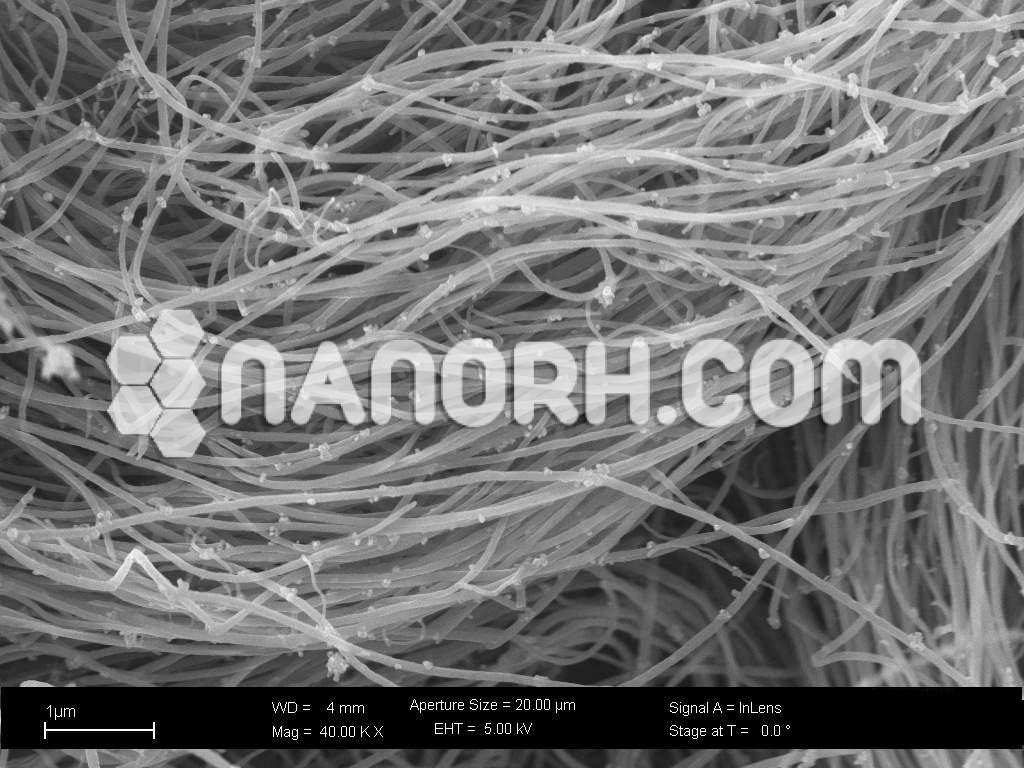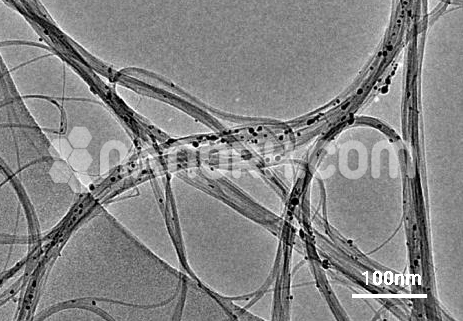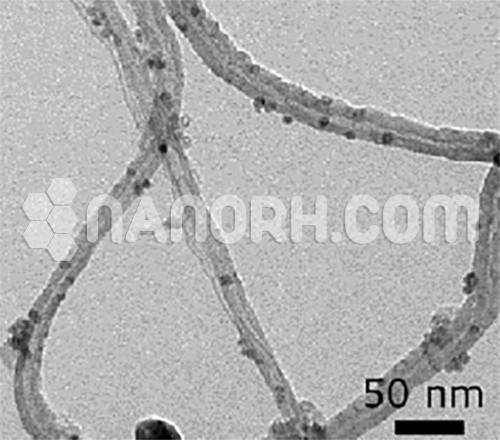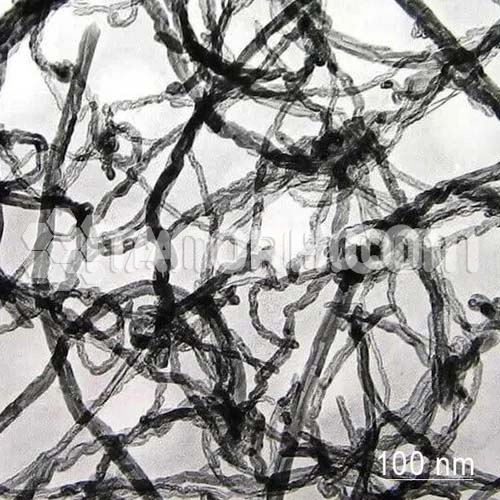| MWCNTs | |
| Product No | NRE-34009 |
| CAS No. | NA |
| Purity | Carbon nanotubes > 95wt% |
| Average Diameter | 10-20 nm |
| Average Length | 0.5-2 um (TEM) |
| Special Surface Area(SSA) | >223m2/g(BET) |
| Tap Density | 0.27g/cm3 |
| True Density | 2.1g/cm3 |
| Electric Conductivity | > 100 S/cm |
| Thermal Conductivity | 15 W/mK |
Introduction:
MWCNT are made up of several concentric graphene layers, with the number of layers typically ranging from 2 to 50, depending on the synthesis method and conditions. Their diameter usually ranges from 1 to 100 nanometers, and they can be several micrometers in length. These properties give MWCNTs unique characteristics, such as.
Electrical Conductivity: MWCNTs exhibit high electrical conductivity, making them suitable for use in various electronic applications.
Mechanical Strength: They are incredibly strong and lightweight, providing excellent tensile strength and resilience.
Thermal Conductivity: MWCNTs have excellent thermal conductivity, which makes them useful for heat management in a variety of applications.
Chemical Stability: They exhibit high resistance to chemical reactions, making them durable and versatile.
Applications:
The remarkable properties of MWCNTs make them useful in a wide range of applications across various industries. Some notable applications include.
Electronics and Electrical Components:
Conductive Films: Due to their high electrical conductivity, MWCNTs are used in the development of conductive films and components in electronic devices, such as flexible displays, sensors, and circuits.
Energy Storage: They are incorporated in the fabrication of supercapacitors and batteries to improve energy storage performance due to their high surface area and conductivity.
Nanocomposites:
Reinforcement in Polymers: MWCNTs are used as reinforcement materials in polymers, ceramics, and metals to enhance their mechanical properties, such as strength and toughness. These composites are used in aerospace, automotive, and construction industries.
Thermal Management:
MWCNTs are used in heat sinks, thermal interface materials, and in the cooling systems of electronics and devices, as they help dissipate heat more efficiently due to their high thermal conductivity.
Sensors:
MWCNTs are employed in various types of sensors, including gas sensors and biosensors, owing to their high surface area and responsiveness to environmental stimuli.




